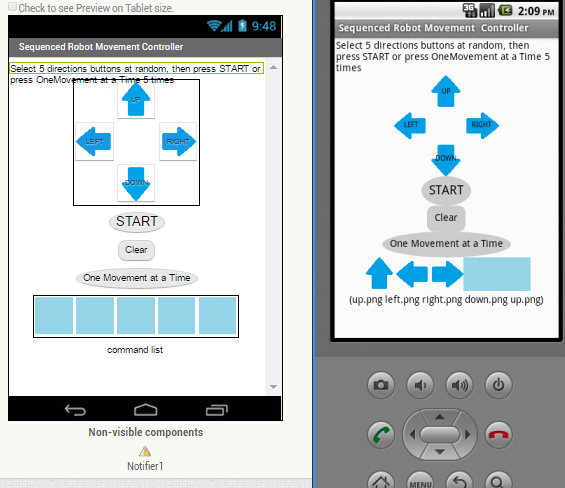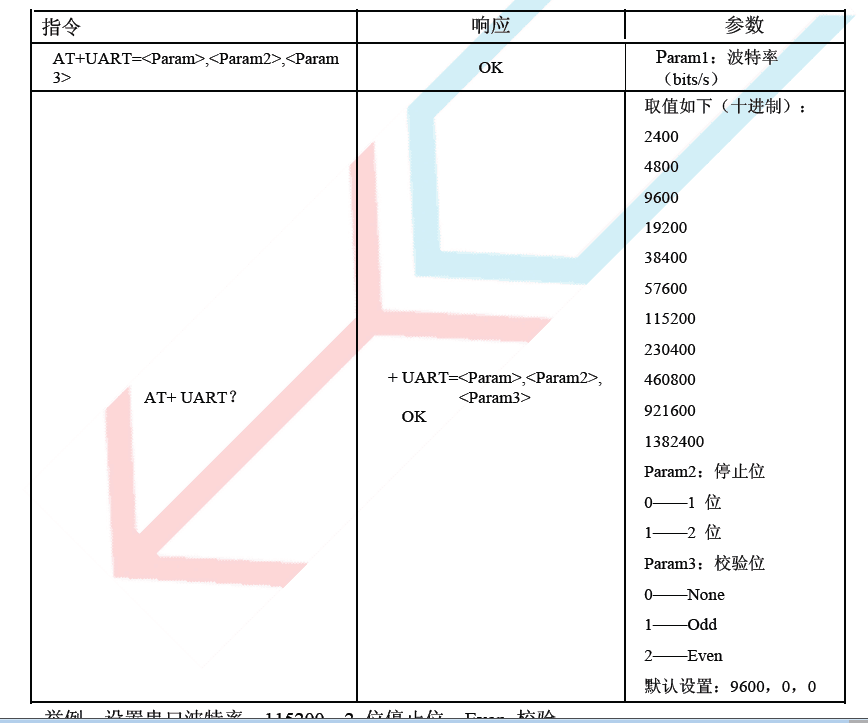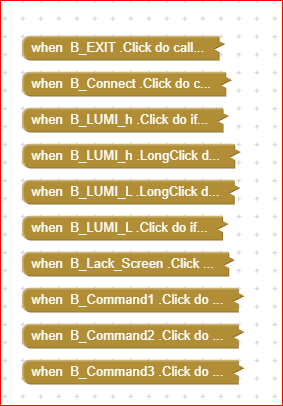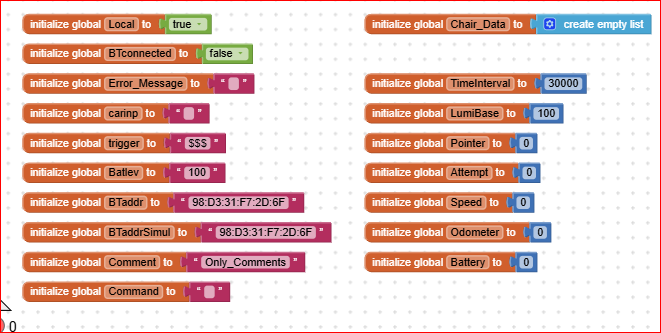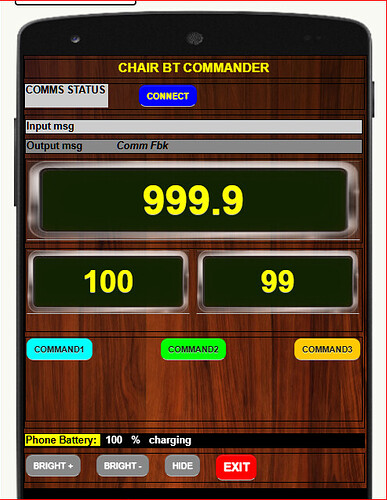Dear @hasanacar,
apart of the high current needed to drive your motors (to this purpose I suppose you're using the 50A motor drivers: how do you drive them, via PWM ? Don't they whistle when you raise up the speed ?) how do you intend to manage the direction ?
I mean: I suppose you have one motor each wheel (one motor on the Right wheel and another on the Left wheel), therefore to control Righ/Left you'd probably have to power supply only one while keeping steady the other and, to control the direction (back and forward) you'd reverse the polarity of the command to both ? Agreed that with the Hall effect you can control the speed and by its integral you can estimate the distance,where do you put the pick-up ? One for each wheel ? Are your wheels like those of bycicles ? (or you measure the distance and the speed is its time derivative ?) If you have two hall sensors, one for each wheel, you shall carefully perform the arithmetic average and implement a strong filter to avoid the loss of (or unwanted) pulses.
Since in your picture you have designed a flat-circled-type-joystick, have we to suppose the also the diagonal directions shall be managed as well ? For example if you push @45° right-up the dial, you'd like to go forward+right @45° ? This means that probably the easiest solution can be to send via BT to your Arduino the amount in degrees (i.e. 45°) and then it's a task of your Arduino to make the vectorial composition of the movement, by driving the left wheel with a higher voltage with respect to the right one, to obtain a 45° right and forward movement.
Most probably at a first step you should "survive" with a two step movement: 1st step to rotate a bit on the right the chair, then, 2nd step to go forward. When you will be done with that basic movement you will improve the movements with the
diagonal ones.
In a third step you could also add an ultrasonic sensor to your chair, in order to avoid to bump some furniture (and your wife's scolding ![]() ). and with the aid of this sensor and a map of your apartment you could also automate some basic movement within it (the apartment). More ideas to come...
). and with the aid of this sensor and a map of your apartment you could also automate some basic movement within it (the apartment). More ideas to come...
In any case, you can search the forum for topics related to the driving of robot cars via AI2.
There are also tutorials on the matter (BT communication, motors drivers, joysticks, etc) on the web sites of some Power Users like @ChrisWard, @Juan_Antonio, @TIMAI2, @Taifun, and many others.
Lastly (for now): I see that you use the HC05 to perform the BT communication: this is fairly the best solution (with respect to BLE) because it's much simpler and you'll find many topics on that.
My hint is to start with a super simple app with the unique task to have a strong BT communication, i.e. to be capable to quickly resume after a power failure or after a disconnection (search the forum with the tag "handshake"). In case of long lasting disconnection your chair must go into a limp-home condition, or to stop immediately. To this purpose attached to the handshcke it would be good to have also the watchdog on Arduino, enabled.
(really ..)Last: just be careful to the Android version of your phone, or Android tablet, because the latest versions of Android are appllying almost daily, higher and higher restrictions to the use of interfaces. Therefore if you plan to use a specific device, be careful to block any Operating System automatic upfdate, otherwise you could run the risk to have a working app that suddenly stops working after a system update ... ![]()
Best wishes and feel free to ask further (i'll be abroad the whole next week but later I'll be back, hopefully).
Cheers.
